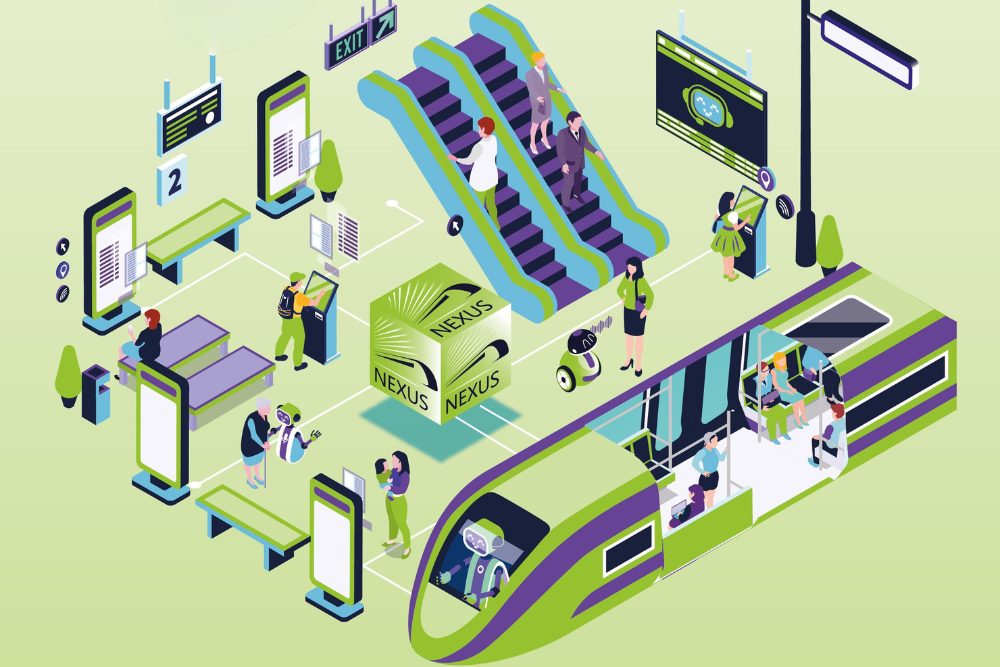The NEXUS project has released Deliverable D6.3, a comprehensive report examining how Artificial Intelligence (AI) and Data Science can support the day-to-day running of metro systems. The report combines findings from industry research, practical input from metro operators, and early implementation concepts that will be tested in NEXUS pilot cities: Genoa (Italy) and Sofia (Bulgaria).
What the Report Covers
The document brings together three main elements:
- A review of AI and Data Science applications in public transport, including current practices and lessons from the rail and metro sector.
- Results from two industry workshops with metro operators and manufacturers, discussing operational challenges and potential AI-driven solutions.
- Detailed descriptions of four AI use cases that NEXUS will further develop and validate during the project.
It also considers the implications of the EU AI Act, particularly for high-risk systems in transport, and outlines legal and ethical requirements for the safe deployment of AI in metro operations.
Four Key AI Use Cases
The report explores concrete use cases that address real operational needs:
- Crowding Prediction
By combining ticketing data, train sensor data, and external information such as weather and events, AI models can estimate crowding levels at stations and on trains. This can help operators adjust service levels, inform passengers, and reduce congestion during peak hours.
- Demand Forecasting for Network Expansion
Using historical ridership data and urban development trends, AI can help predict future demand in areas where the network is expanding. The case study focuses on the West Midlands Metro (Birmingham), where these methods could support planning decisions and improve the efficiency of new services.
- Timetable Creation Using GTFS Data
General Transit Feed Specification (GTFS) data can be used to generate and adapt metro timetables more efficiently. AI can analyse passenger flows and operational constraints to adjust service frequency dynamically and improve the reliability of the network.
- Anomaly Detection in Metro Vehicles
The report examines the use of image recognition to identify cleanliness issues inside metro vehicles. Pre-trained AI models can be adapted through transfer learning to detect anomalies, such as litter or damage, reducing the need for manual inspections.
Good Practices and Current Challenges
Deliverable D6.3 also identifies what has been shown to work—and what remains a challenge:
- Effective practices:
- Integrating multiple data sources (e.g., operational data, external factors) improves prediction accuracy.
- Using hybrid AI models tailored to specific metro environments leads to better results.
- Station-specific adjustments make models more reliable and easier to scale.
- Limitations and gaps:
- AI models often require large amounts of high-quality data, which is not always available.
- There are still open questions about how to explain AI decisions in safety-critical contexts.
- Compliance with the GDPR and the EU AI Act requires clear documentation, human oversight, and transparency in automated decision-making.
Next Steps for NEXUS
Based on these findings, NEXUS will move forward with developing and testing AI demonstrators in Genoa and Sofia. These pilots will focus on:
- Real-world crowding prediction and demand forecasting tools,
- Automated timetable generation,
- And practical applications of anomaly detection.
The goal is to provide actionable results that metro operators across Europe can adopt, supporting safer, more efficient, and passenger-focused metro services.
Deliverable 6.3 is available for download here.
